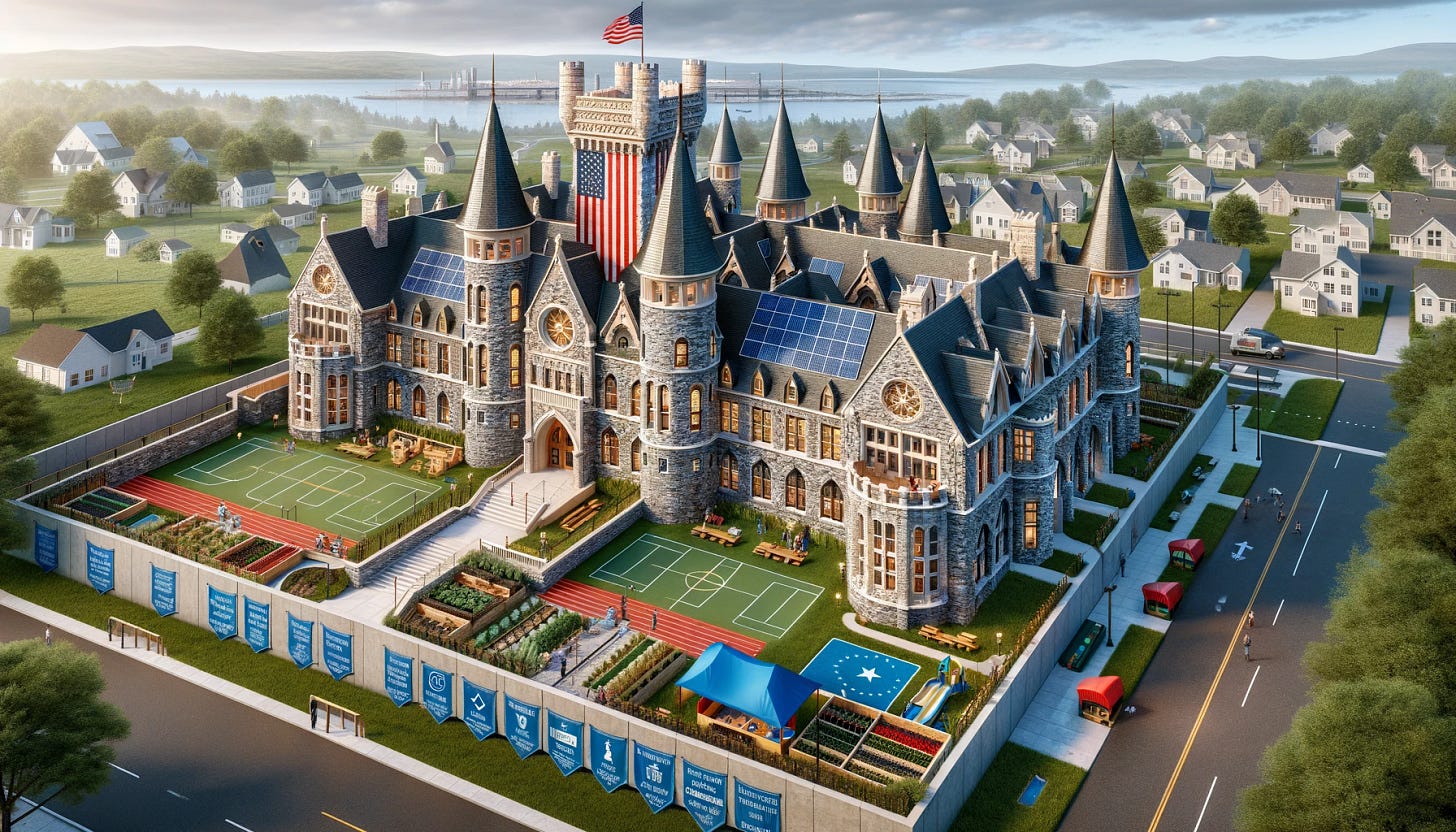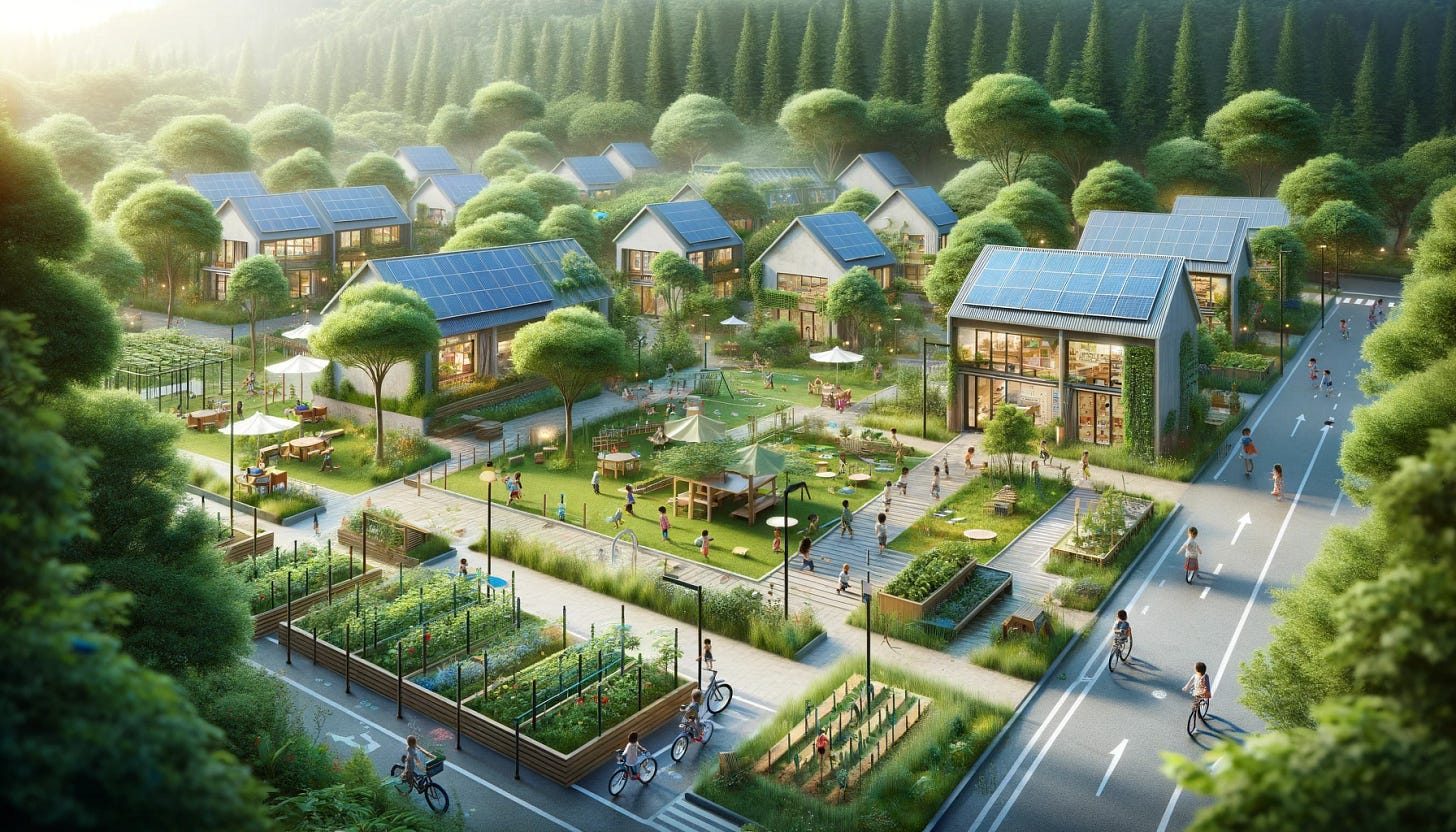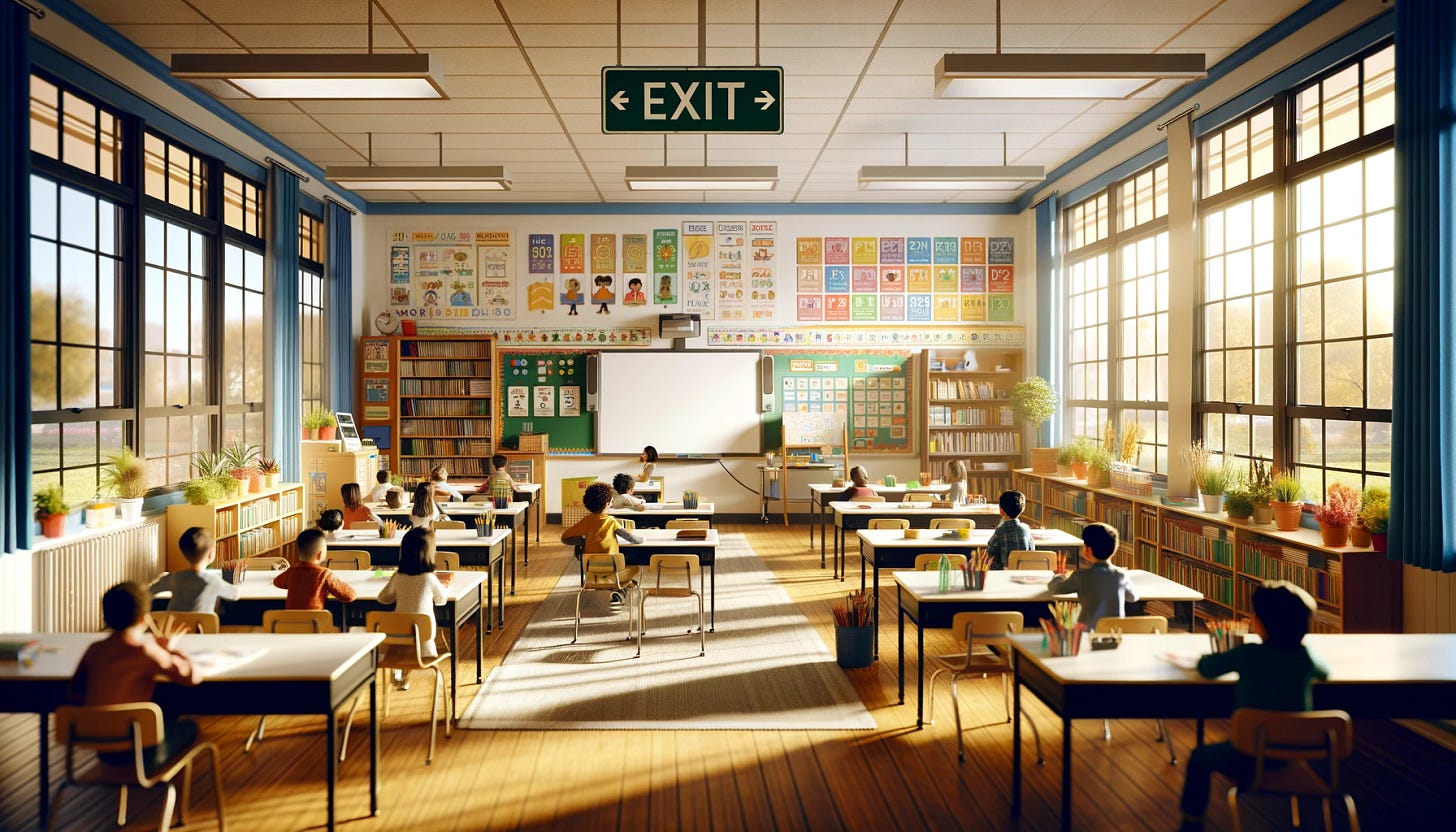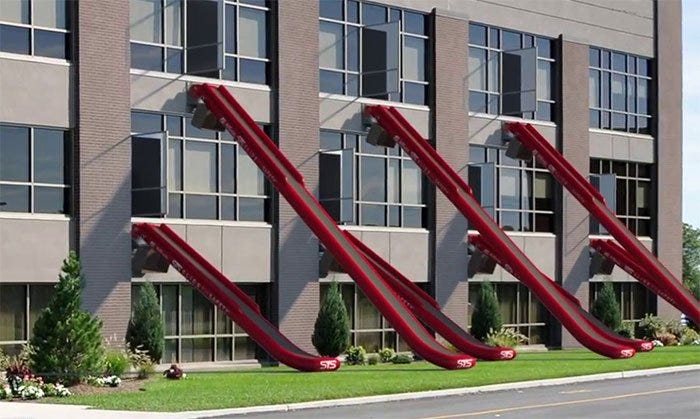Using data to design safer schools
Analyzing data from thousands of school shootings is a roadmap to build a campus that eliminates the predictable attributes of when and where they most often occur.
If you had a blank canvas to draw a brand-new school, how would you design it to reduce the risk of a school shooting? Someone thinking like a European monarch in the 10th century might design the school like a Medieval castle with walls, small windows, and a fortified gate.
Europeans stopped building castles centuries ago because fortresses don’t work very well. An adversary always has the advantage against a castle. Physical defenses are defined attributes which allow an innovative attacker to do just enough to defeat them. There is an old adage, build a 10-foot wall and they will bring a 12-foot ladder.
The “fortress problem” is described by homeland security expert Jack Anderson as:
When they rely on robustness or complication, positions of strength are only tolerant of stress up to a defined point or of a certain character. For a fortification that fails to adapt, centralization—even of strength—presents a surprising liability. Fortresses concentrate risk.
A grand design for security will not produce grand security. Security requires fewer scripted plans and more improvisation, more diversity, less uniformity, less training with partners, and more learning to work with strangers.
If you are involved in school security and haven’t read The Fortress Problem, read it right now.
Misapplied Theories
School security consultants, architects, and vendors have sold many school officials on creating campuses that use concepts of “Crime Prevention by Environmental Design”. This sounds good on paper until you actually read the academic articles about it.
Changing the environmental design of a store, shopping mall, or residential property can impact the rate of property crime. There is no empirical evidence showing that changes in physical design features decrease violent crime (see: seven misconceptions of situational crime prevention by the original author of the theory).
The concept of building design reducing property crime came from a study of residential burglaries in the 1970s (Clark, Situational Crime Prevention). Lowering the height of shrubs, designing sight lines from the street to doors and windows, installing fences, and adding lighting all make a home less attractive to a residential burglar.
These physical changes make it harder for a burglar to break in without being noticed. Unlike property crimes that are based on opportunity, violent crime is usually committed by someone with a pre-existing relationship with the victim. School shooters are not random opportunists looking for “soft targets”, they are usually current students with a specific grievance directed at the campus. The height of the bushes may deter a thief from breaking into a house, but it doesn’t change the motivation of a jilted ex-lover to murder a former spouse.
It’s also important to note that environmental changes to one property don’t lower the overall rate of burglary in a neighborhood, they just displace property crime by making the house next door a better target.
If a school campus has a problem with burglars, trimming the bushes and adding fences might help. If the goal is preventing shootings, there is no evidence these designs deter a violent offender. In fact, spending money on physical designs instead of social workers and crisis intervention programs might be increasing the overall risk of a shooting.
Open Campus
While fortresses fail due to their rigid and predictable design, an open campus provides flexibility, adaptability, and creativity.
If an assailant wants to target a specific student or group, a fortified campus enables an ambush at the front door during the predictable arrival and dismissal times. This was the scenario when two students were murdered when they exited their school during lunch in January. Or when a security guard and student where shot when the door of a “secure” school building was opened at dismissal.
Instead of the fortress design, an open campus can have abundant green space that eliminates chokepoints and predictable patterns when students enter and exit the buildings.
An open design also means that students can congregate in many areas which creates less predictable patterns and fewer opportunities for an ambush. If an armed person walks onto the campus, there are many different options for students to get away.
Every room has two ways out
In addition to an open campus, getting students out of a school building as quickly as possible during almost every type of emergency can save lives. A decade ago at Sandy Hook Elementary, a 1st grader who ran from his classroom survived while his classmates who were trapped inside with the shooter were murdered.
Looking at the shootings at schools since 1966, 70% of the incidents happen outside, yet there are twice as many total victims who have been shot inside the school. When students are outside, they can spread out and get away from someone who is firing a gun. If students are inside a classroom with limited exits, they are in a contained space and are more likely to be shot.
If students have two options to quickly get out of every room in a school, this means they can’t be trapped inside with a school shooter because there is always a way out. A classroom with ample windows and greenspace outside also means that students and staff are more likely to see a person with a gun coming toward them rather than being surprised.
Just like airplanes, multi-story schools can be equipped with emergency exit slides to transform any window into a rapid way to get out of the classroom. When a school shooter with an AR-15 and 600 rounds of ammo attempted to trap students on the 3rd floor of CVPA high school, they jumped from the windows. A slide would be a much safer option!
Looking at 230 planned attacks since 1966, school shootings are most likely to begin and end inside the same room. Quickly getting students out of the room where the shooting starts as quickly as possible has a huge potential to save lives in the future.
In December 2023, a teenage school shooter in Serbia opened fire inside a classroom. He also had 4 Molotov cocktails that he didn’t ignite because students had already fled through a backdoor. School shootings are rarely planned as just a shooting. Staying inside a classroom to lockdown and barricade is the worst possible action to take if an attacker is planning to ignite flammable liquids or detonate IEDs.
No parking lots
The school parking lot is by far the most common location for a shooting on campus.
Keep reading with a 7-day free trial
Subscribe to School Shooting Data Analysis and Reports to keep reading this post and get 7 days of free access to the full post archives.









